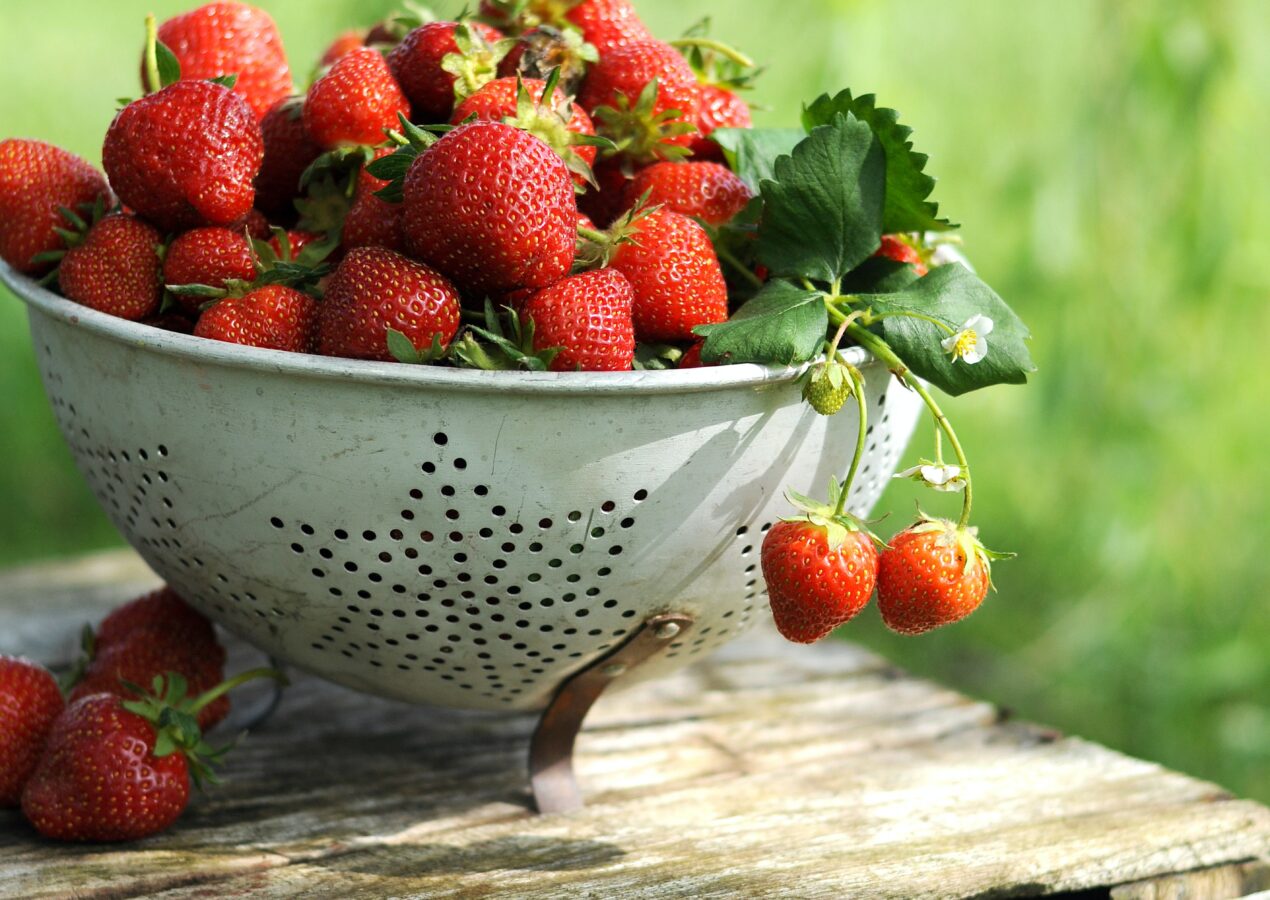10 Low Maintenance Fruit and Veggies for a Beginner Plantsman

Here’s a little plant-spiration for you healthy food lovers itching to get your hands into some soil.
Zucchini and Pumpkin: Courgettes, squashes and patty pans are easy to grow. Plant out in late May into well-prepared ground. Tip: buy young plants to save time. One or two plants are plenty – they stay productive for weeks, providing you keep picking, otherwise they will turn into marrows!
Beetroot: Sow beetroot seeds 5cm apart, from late April to July. Remove alternate roots when they are half-grown, leaving the rest to grow on to reach maturity. Even these half-grown thinnings are useful and can be eaten as baby beet in salads. Recent research has shown that beetroots are high in bioactive compounds that can potentially provide health benefits when added to your diet.
Chillies: Colourful, fun, stylish and trouble-free. Choose your favourite strength and grow three plants in a large tub on the patio with a cane for support. They’ll provide ample crops, with enough to store over winter.
Dwarf Green Beans: Sow Green beans where you want them to grow, in open ground or containers, from mid-May to early August. They’re easy to look after as no thinning out or supports are needed. The same plants crop for three to four weeks, so sow a row every three weeks to keep yourself stocked all summer.
Potatoes in Pots: Surprisingly easy to grow in large pots or a large bag (got an old compost bag on hand?), potatoes require little maintenance. Simply add a few seed potatoes to a layer of compost, cover with more compost and leave to grow. When the leaves start to appear, cover with yet more compost.
Strawberries: Once planted, strawberry plants should crop well for three to four years. Water them regularly and tidy the plants in spring, that’s it!
Radish: aka. One of the easiest crops you can grow, and among the speediest, too – you could get a crop in as little as four weeks!
Shallots: shallots are a gourmet trrrreat. The simplest way to grow them is from sets (small shallots) in spring or early autumn, that eventually grow to cooking size. Weed by hand as they’re shallow-rooted.
Currants and Gooseberries: these babies require pruning in Winter, and that’s about it, apart from harvesting (and eating)! If you don’t have time to turn the fruits into jams, pies etc, they freeze well.
Rhubarb: Easy to grow and will crop for many years. It provides a harvest when other crops are thin on the ground.
Here are a few quick tips for a low-maintenance veg plot:
- Spread mulch on unused areas to suppress the growth of weeds. Placing mulch around crops like zucchini and strawberries also minimizes damage from slugs.
- Keep your tools and a water supply by your side at all times.
- Grow your veggies in raised beds, and try the ‘no dig’ method which requires mulching with compost annually instead.
- Buy young plants at the garden centre in spring to avoid growing from seed (which is a tad more hands-on).
- Grow companion plants to attract pollinators (why not benefit nature too!) and deter pests.
And off you go! Enjoy 🙂
Aisha Horner